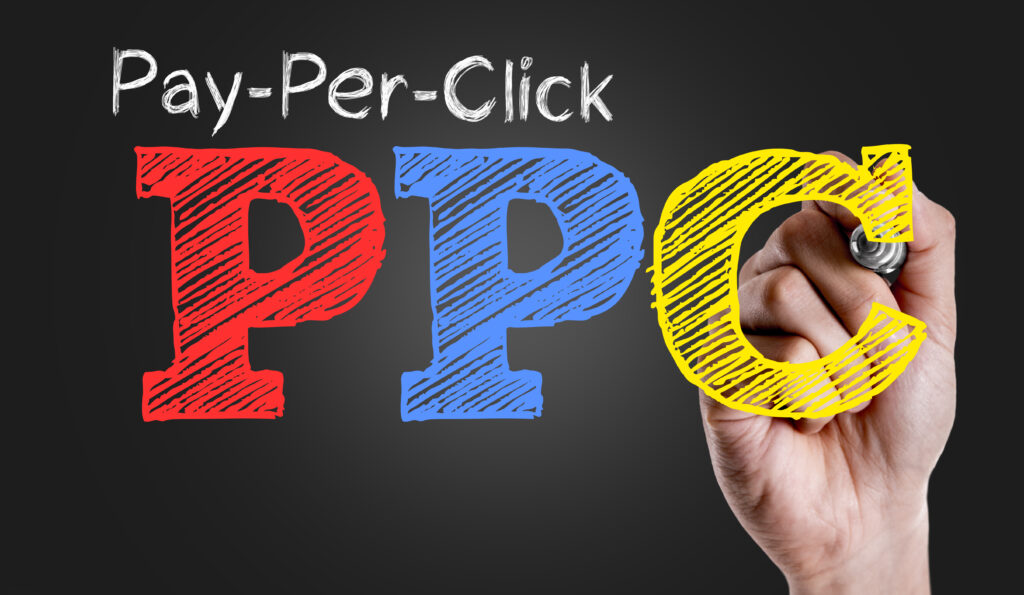The phrase “digital marketing” refers to the targeted, accessible, and collaborative marketing of products or services using digital technologies to reach the audience, convert them into customers and retain them.
Digital marketing competes with traditional marketing.
Traditional marketing includes businesses advertising their products or services on print media, like radio and television ads, business cards, billboards, and other ways where Internet or social media websites were not used for advertising. In addition, traditional marketing strategies had client access and customer purchasing practices.
Digital marketing focuses on promoting a business using different online channels.
Comparison of Digital Marketing & Traditional Marketing
Digital Marketing Vs. Traditional Marketing |
|
| Here communication is two-way. The clients can get the required information or suggest changes about the business or products and services. | In traditional marketing communication is one-sided. It means that a business speaks about its products or services to people without targeting a specific group. |
| Ways of communication include social media sites, chat or email. | The way of communication is generally phone calls, letters or emails. |
| There is always a fast way to promote an online campaign and make complete changes according to the events. The campaign is simple using digital tools | Campaign design, preparation, and launching is time taking. |
| Content is accessible to the general audience. The specific audience is then contacted using Internet search strategies. | This marketing campaign target a specific audience; from developing ideas to selling a product or a service. |
| This is the ideal technique to reach a global audience. | It is an easy approach to access the local audience. |
Digital Marketing Skills

The top digital marketers support the broader promotion group and the organization’s essential goals by performing marketing strategies in the online environment. Moreover, high-end advertisers struggle to be the client’s voice, and how they need to be carefully associated with a brand. Therefore, they purposefully approach brand channels to increase investments, boost traffic and sales. Besides this, they also strive to handle the integrated digital content.
These days, many businesses need experience in Google Analytics, Google and Facebook ads, HubSpot and Hootsuite. In a master’s in the digital marketing program, you will become familiar with device installations. For example, that apply them through research and coursework. They are also looking for applicants and coming people who are competent in Adobe creative suites and know SEO and keyword research very well.
But, some key marketing facts had not changed since the days when organizations promoted mainly in print, radio, and TV. All advertisers need strong communication skills and sound knowledge, and expertise in marketing strategies.
As digital marketing is a fast-shifting space, companies should be updated on new and emerging strategies. They should know the emerging competition and then plan their strategy accordingly.
Digital marketing is divided into seven main categories including;
7 Types of Digital Marketing
1- Search Engine Optimization (SEO)

SEO focuses on ranking your business in google search results. It boosts search engine traffic to the business website. For it, marketers target the most searched words or phrases used by the consumers online and add them to their content. They also link their website to other sites using a backlinking strategy. An SEO expert can generate $59,000 in revenue using his skills. Google keeps on changing its searching and ranking algorithms. So, a business needs to be updated according to the algorithms. SEO covers the following aspects;
-
Content indexing
Content indexing support search engine to visibly “read” your website content. In content indexing, you will add alt text to images, add transcripts for video and audio content.
-
Good link structure
It is one of the most important SEO techniques. Applying it helps google to crawl your site structure and find content easily. Good link structure includes proper link formatting, URLs, and sitemap for easily accessible to site crawlers.
-
keyword research
At this stage, SEO specialists target the most researched words and phrases. They add these words to their content and headers. However, keyword stuffing is not suitable for your website as search engines discourage it. Nowadays, writing high-quality, unique content using keywords in the headers and on the crawlable page is best. It will help to rank your page better in search engines.
2- Pay-per-Click (PPC)

Pay per click is a paid ads campaign and promoted search engine results. It is a short-term digital advancement strategy. If you pay, ads will run, and there will be no ads if you don’t pay. This marketing technique helps to increase search traffic to your website online.
These ads display at the top and sides of the search result, or ads we see while surfing the internet, in YouTube videos or mobile apps, etc. All refer to PPC. One of the essential differences between SEO and PPC is that we just pay for the results in a pay-per-click campaign. It means that we will just pay if someone clicks on our ad and visits the website.
More significant business spends a lot of amounts on the pay-per-click campaign. However, the cost to run an ad depends on the real competition for your keyword. Higher competition keywords charge more, and less competition keywords cost less.
3- Social Media Marketing (SMM)

Social media marketing is just not about creating posts and replying to comment. To help posts consistently is a significant role for it. There are different digital tools to automate and schedule your posts. However, if you just depend on online tools for your post, it will take a few days for the user to judge there is no real person.
Social marketers should work with their extensive marketing team to harmonize their message across all platforms, online and off, etc. In this way, all aspects of the brand will deliver the same story. Social media marketers should also pay special attention to analyses of their post-performance.
They should develop the following strategies based on it. This analysis supports marketers in showing business leaders that their hard work encourages consumers to engage with the brand and ultimately turn them into clients.
4- Content Marketing (CM)

Your content should not just comprise on to advertise your brand, instead covers up all information of this brand and market. Content marketing builds trust, makes a strong relationship that leads towards boosting your sales. You can share your content like a social media post or email marketing publications.
The overview of content marketing analytics will let you know more about your clients. For example, what are their interests, and when do they visit your site? What type of content do they like and love to read, and what may betray them from your site?
5- Email Marketing

In fact, with the rise of web-based media, like mobile applications and various channels, email is still the best marketing possible technique. This can be very useful for content marketing which offers some incentives to the buyers and, after some time, converts them into customers. Email marketers are skilled at making persuasive efforts, but they also understand the best audience outreach, examine the client’s cooperation and information, and make strategic decisions based on that information.
Working on email marketing techniques, you can create a sense of urgency, i.e., the special deal offers for a limited time. Moreover, you can personalize your email and let recipients set their preferences, etc.
6- Mobile Marketing

Here the marketer focuses on accessing the target audience on their mobile phone. It includes using text messages, social media posts, websites, email, and mobile apps. According to a recent report, consumers in the USA spend 5-6 hours on their phones daily. It means that 20% of consumers’ mobile spending time increased in 2015. In addition, they are spending more time on mobile apps rather than browsers.
7- Marketing Analytics

One of the significant benefits of digital marketing is that it is exceptionally recognizable and measurable. There was a period when the main identifying promotional pieces were coupons and mail offers. If a client uses a coupon, you realize that the message is vibrated.
Presently, analytics support advertisers to thoroughly follow client behavior: how many times they visited a link, how much time they spend on a website page, how many regular messages they send, etc. However, the vast majority of accessible data regarding digital promotion performance wants to be consumed by fire. Therefore, advertisers must have the option of what they mean by information and inform strategy.
This supports marketers to understand what works with buyers and can familiarize their marketing messages as they move forward. Moreover, it also shows that they are essential to the organization. Understanding and implementing this information is an integral part of a digital marketer’s performance. We can say it is the task that sets them apart from their traditional partners.

